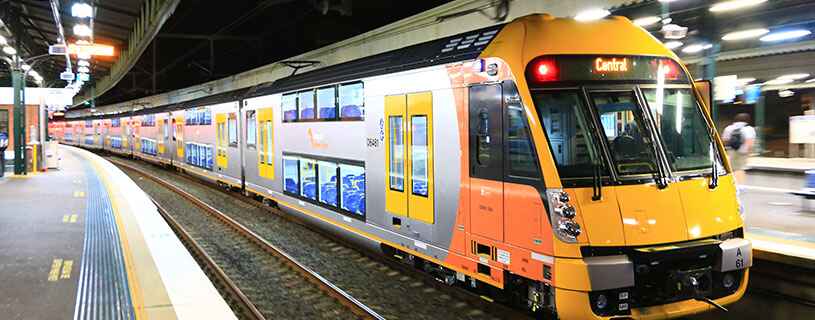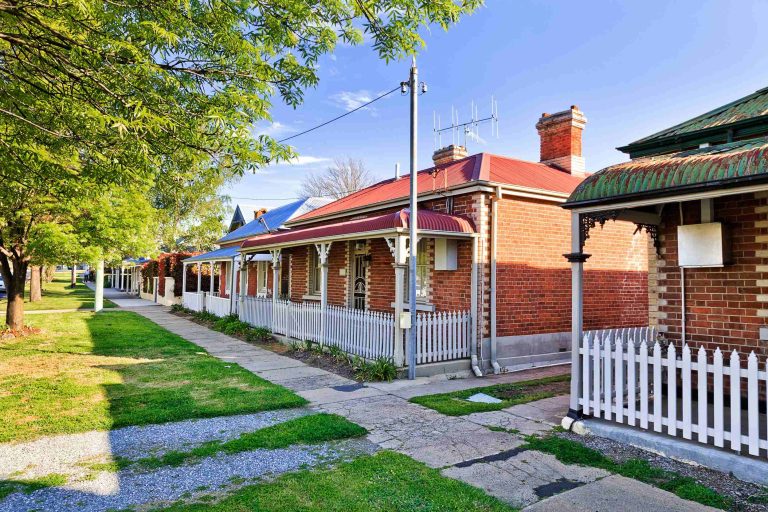Sydney Trains : A Comprehensive Guide to Australia’s Premier Rail Network
Sydney Trains is one of the most extensive and efficient public transportation systems in Australia, serving millions of passengers every year. As the backbone of Sydney’s public transport network, Sydney Trains plays a crucial role in connecting people to their workplaces, schools, and leisure activities. This article provides an in-depth look at Sydney Trains, covering its history, network, services, ticketing system, sustainability efforts, and future developments. Whether you’re a daily commuter or a visitor exploring Sydney, this guide will help you navigate the city’s rail network with ease.
1. History of Sydney Trains
Sydney’s railway system has a rich history dating back to the mid-19th century. The first railway line in New South Wales (NSW) opened in 1855, connecting Sydney to Parramatta. This marked the beginning of a rapidly expanding rail network that would eventually become Sydney Trains.
Over the years, the network grew to accommodate the increasing population and urban sprawl of Sydney. Major milestones include the electrification of the network in the 1920s, the introduction of double-decker trains in the 1960s, and the integration of modern technologies in recent decades.
In 2013, the NSW Government restructured the rail network, creating Sydney Trains as a separate entity to focus on suburban and interurban services. Today, Sydney Trains operates over 2,000 services daily, covering more than 178 stations across the Greater Sydney area.
2. Sydney Trains Network Overview
Sydney Trains operates an extensive network that spans across the Greater Sydney region, including the Central Coast, Blue Mountains, and Wollongong. The network is divided into several lines, each color-coded for easy identification:
- T1 North Shore & Western Line: Connects the North Shore, Western Suburbs, and the CBD.
- T2 Inner West & Leppington Line: Services the Inner West, South West, and Leppington areas.
- T3 Bankstown Line: Runs from the City Circle to Bankstown and Lidcombe.
- T4 Eastern Suburbs & Illawarra Line: Connects the Eastern Suburbs, Illawarra, and Sutherland Shire.
- T5 Cumberland Line: Links Schofields and Leppington via Parramatta.
- T7 Olympic Park Line: A special events line serving Sydney Olympic Park.
- T8 Airport & South Line: Connects the CBD to Sydney Airport and the South Line.
- T9 Northern Line: Services the Northern Suburbs and Hornsby.
In addition to these lines, Sydney Trains also operates intercity services to regional areas, including the Blue Mountains, Central Coast, and Newcastle.
3. Services and Facilities
Sydney Trains is renowned for its reliable and frequent services. Trains typically run every 5-10 minutes during peak hours and every 10-20 minutes during off-peak times. The network also operates night services on weekends, ensuring safe and convenient travel for late-night commuters.
Key Features of Sydney Trains Services:
- Accessibility: Most stations and trains are wheelchair accessible, with lifts, ramps, and designated seating areas.
- Safety: Sydney Trains prioritizes passenger safety, with CCTV cameras, emergency help points, and regular patrols by transit officers.
- Comfort: Modern trains are equipped with air conditioning, comfortable seating, and free Wi-Fi on select services.
- Real-Time Information: Digital displays and mobile apps provide real-time updates on train schedules, delays, and platform information.
4. Ticketing and Fares
Sydney Trains uses the Opal card system, a contactless smart card that simplifies fare payments across all public transport modes in Sydney, including trains, buses, ferries, and light rail. The Opal card offers several benefits, including discounted fares, daily and weekly fare caps, and seamless transfers between services.
Types of Opal Cards:
- Adult Opal Card: For regular commuters aged 16 and above.
- Child/Youth Opal Card: For children aged 4-15 and full-time students.
- Senior/Pensioner Opal Card: For eligible seniors and pensioners.
- Concession Opal Card: For eligible concession card holders.
Fare Structure:
Fares are calculated based on the distance traveled, with discounts applied for off-peak travel and frequent use. The Opal card also supports contactless payments via credit/debit cards and mobile wallets, providing added convenience for passengers.
5. Sustainability and Environmental Initiatives
Sydney Trains is committed to reducing its environmental footprint and promoting sustainable travel. Key initiatives include:
- Energy-Efficient Trains: The introduction of new-generation trains with regenerative braking systems that reduce energy consumption.
- Solar Power: Installation of solar panels at major stations to generate renewable energy.
- Recycling Programs: Comprehensive waste management and recycling programs at stations and depots.
- Green Spaces: Landscaping and green initiatives at stations to enhance biodiversity and reduce urban heat.
By prioritizing sustainability, Sydney Trains aims to create a greener and more eco-friendly transport network for future generations.
6. Future Developments and Upgrades
Sydney Trains is continuously evolving to meet the growing demands of the city. Several major projects are underway to enhance the network’s capacity, reliability, and efficiency:
- Sydney Metro: A fully automated metro system that will complement the existing rail network, providing faster and more frequent services.
- More Trains, More Services: The NSW Government is investing in new trains and additional services to reduce crowding and improve punctuality.
- Station Upgrades: Modernization of key stations, including improved accessibility, expanded facilities, and enhanced customer amenities.
- Digital Transformation: Implementation of advanced technologies, such as real-time tracking, predictive maintenance, and AI-driven analytics, to optimize operations.
These initiatives underscore Sydney Trains’ commitment to delivering a world-class rail network that meets the needs of a rapidly growing city.
7. Tips for Using Sydney Trains
To make the most of your journey on Sydney Trains, consider the following tips:
- Plan Ahead: Use the Trip Planner tool on the Transport for NSW website or app to check schedules and plan your route.
- Avoid Peak Hours: If possible, travel during off-peak times to enjoy quieter trains and lower fares.
- Stay Informed: Keep an eye on real-time updates for any service disruptions or delays.
- Be Mindful of Etiquette: Offer seats to those in need, keep noise levels down, and avoid blocking doors.
- Explore Sydney: Use Sydney Trains to visit popular attractions like Bondi Beach, the Blue Mountains, and Taronga Zoo.
8. Conclusion
Sydney Trains is an integral part of Sydney’s identity, providing a reliable, efficient, and sustainable mode of transportation for millions of people. With its extensive network, modern facilities, and commitment to innovation, Sydney Trains continues to set the standard for public transport in Australia. Whether you’re a daily commuter or a first-time visitor, Sydney Trains offers a convenient and enjoyable way to explore everything this vibrant city has to offer.
By understanding the history, services, and future developments of Sydney Trains, you can make informed decisions and fully appreciate the benefits of this world-class rail network. So, hop on board and experience the convenience and comfort of Sydney Trains for yourself!






